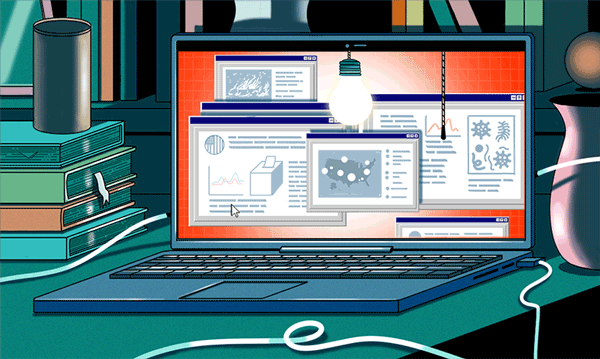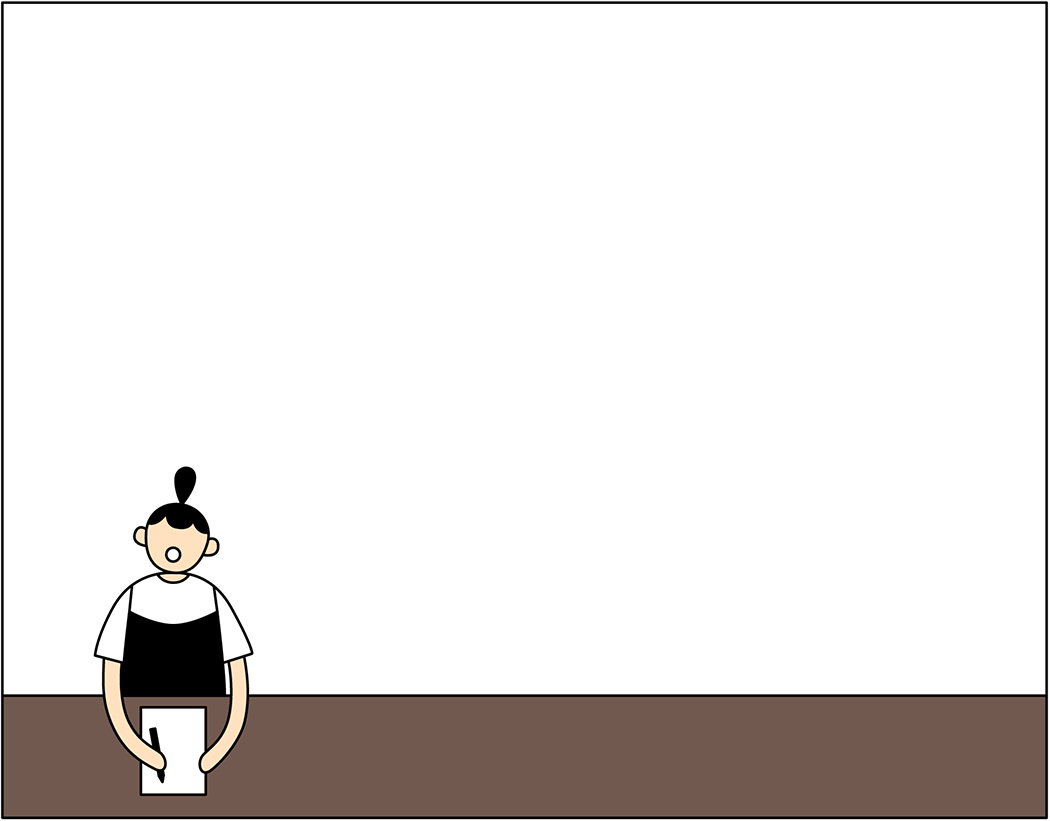The COVID-19 pandemic has brought about a massive cultural shift from primarily in-person work and education to widespread virtual work and learning. As of June 2020, 42% of Americans were working from home full-time, and across the country, students from elementary schools to universities are studying virtually. For most, this sudden change in work/school lifestyle has been a massive disruption to the routine and familiar norms of in-person interactions and relationships. Even nine months into the first stay-at-home orders in the U.S., many of us are still navigating the confusing and exciting world of virtual work.
So what are some of the most common challenges of virtual work, and how can we succeed despite them?

Challenge: Feeling like you’re “always at work”.
Solution: Create better boundaries.
The ability to roll out of bed and get right to work has left many of us feeling like we never truly log off, and when we can’t separate our personal lives from our work lives, we carry work stress with us everywhere we go. The solution is to create boundaries between work and home, to remind our brains that it’s okay to set aside the stress of work or studies once in a while. There are many ways to create healthier work/life boundaries–
- shut down your computer at a consistent time each night
- only check emails at predetermined times of day to stop endlessly refreshing
- ask any roommates or family members not to interrupt you during work hours if possible
- make a point of touching base with one of your team members or classmates each morning as a way of acknowledging to yourself that work has begun
- put your work laptop out of sight during weekends and outside of work hours
- take a short outdoor walk each morning before work in lieu of a physical commute

Challenge: All the comforts of home… and its distractions, too.
Solution: Change things up.
Office life has its share of distractions and productivity killers, but home life is even richer. Even if you discount voluntary distractions like TV, books, and a full pantry, that still leaves potential distractions from family members, roommates, pets, and neighbors. As a solution, try changing your home workspace. After many months of working at home, the old boundaries have begun to blur again for many.
Clean off your desk, move to the kitchen table for a few days, or even turn your desk to face a different wall or window. Sometimes you need a change of environment to remind yourself not to get too relaxed in your workspace.

Challenge:
Feeling socially isolated from coworkers, peers, and friends.
Solution: Schedule time to connect virtually.

Challenge:
One of the most difficult things about working or studying virtually is the lack of in-person community. Our work and school communities keep us motivated when we’re experiencing stress or tackling big projects. To maintain your relationships and help boost your mood, set
aside time to intentionally connect with coworkers and peers. This might mean scheduling a weekly Zoom happy hour, or checking in every morning by email. Investing this time in connecting regularly can give you the support to keep going for the long haul.

Challenge: Feeling tired and unmotivated.
Solution: Tap into gratitude.
This has been a difficult year for absolutely everyone, full of unprecedented stressors and many changes to our usual work- and home-lives. Well into the ninth month of the pandemic, with a challenging winter looming ahead of us, it can be easy to feel discouraged and unmotivated in our current circumstances, whatever those may be. Try finding a sense of gratitude for what is going right, rather than focusing on what is going wrong. And if even that is too overwhelming, start by asking yourself what is one thing that you would keep from this year.
Gratitude can be challenging to practice, especially during a time of great upheaval, but it’s also psychologically beneficial in preventing depression and helping us better cope with negative emotions. You can practice gratitude by taking a few minutes each day to consciously think of what you’re grateful for, or by starting a writing practice such as a gratitude journal.

Challenge:
Unable to think clearly or be productive in your environment.
Solution: Productivity reset.

Challenge:
Feeling fuzzy-headed or pulled in too many directions at home? It can take months to adjust to working or studying at home, and we’re all experiencing extra stress due to the pandemic. To reclaim your productivity and stop feeling overwhelmed, consider staging a productivity reset. If possible, take a day off from work to take care of yourself and catch up on any lingering home tasks that may be adding to your stress. When you return to work, commit a small amount of time each day to getting organized and streamlining your process– improving your communication with colleagues, cleaning out your email inbox, or planning the next few weeks of work.
You might also consider evaluating how your energy naturally fluctuates during the day. Are you most productive early in the morning or late in the afternoon? Based on what you learn, try to organize your workday so that the most difficult tasks are dealt with when you have the most energy, and leave low-energy, low-importance tasks to times when you know you’ll feel tired or sluggish, like immediately after lunch.
Of course, though working or studying from home brings its share of challenges, there are also many great benefits to keep in mind, such as:
- no commute = more leisure time
- work flexibility
- comfortable and familiar work environment (sweatpants, anyone?)
- fewer office distractions
- cost savings on transportation and work attire
Whether you’re working remotely, studying at a university, or enrolling in job training like one of the tech trainings we offer, remote work and study bring their own unique challenges and opportunities. With these tips, you’ll be able to make the most of your work setup, whether temporary or permanent and continue to work and thrive.








